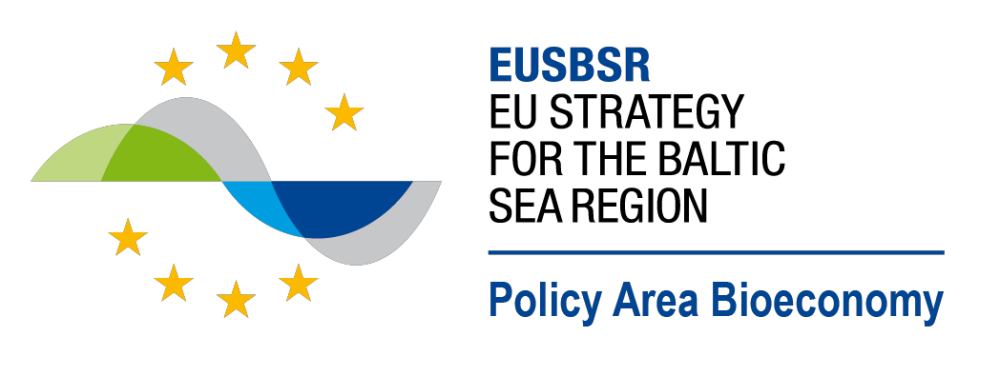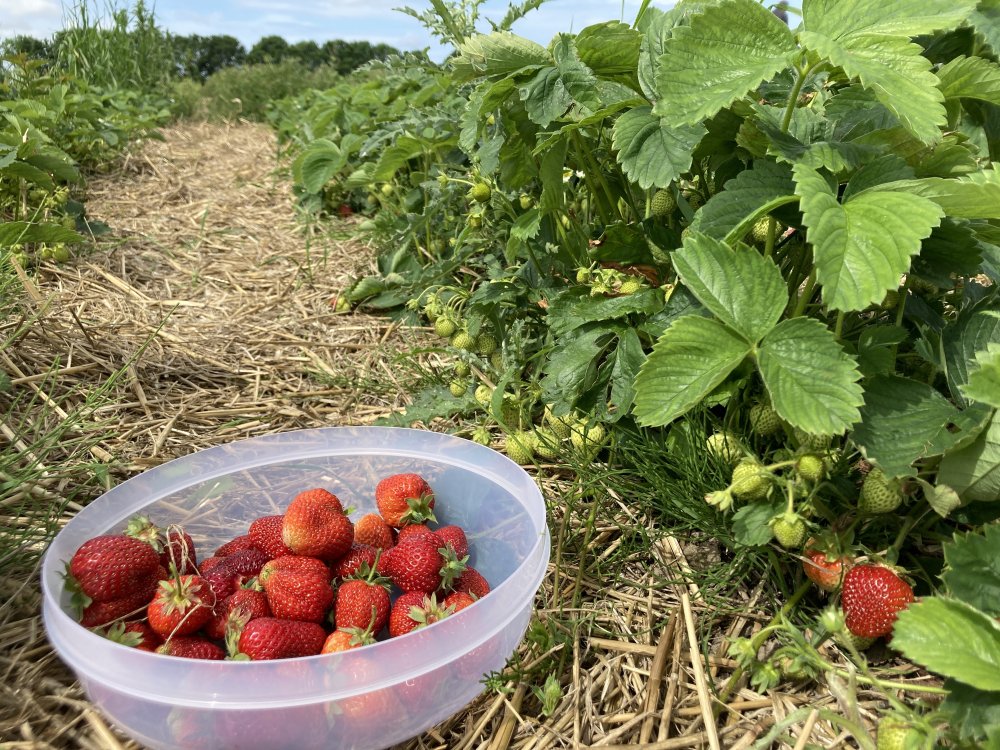About

Policy Area (PA) ‘Bioeconomy’ aims at reinforcing sustainability of agriculture, forestry and fisheries by promoting an integrated approach.

The PA delivers primarily on the EUSBSR objective “Save the Sea” and the sub-objectives of “Clear Water” and “Rich and healthy wildlife”, which includes promoting a sustainable use of marine,
agricultural and forest resources as well as development of rural areas.
The Baltic Sea Region has the potential to become one of the world's leading regions in green growth and sustainable development. Bioeconomy offers many new business and job opportunities.
PA Bioeconomy is coordinated by the Nordic Council of Ministers; Finland (Ministry of Agriculture and Forestry); Sweden (Ministry of Rural Affairs and Infrastructur, Swedish Board of Agriculture), Lithuania (Ministry of Agriculture).
Policy Area Lead Coordinators
Kristian Ersbøll Berg Poulsen
Nordic Council of Ministers
kripou(a)norden.org
Leena Anttila
Ministry of Agriculture and Forestry of Finland
leena.anttila(a)gov.fi
Dalia Miniataite
Ministry of Agriculture of the Republic of Lithuania
dalia.miniataite(a)zum.lt
Vitalija Fokienė
Ministry of Agriculture of the Republic of Lithuania
vitalija.fokiene(a)zum.lt
Fredric Nilsson
Swedish Board of Agriculture, Coordination Unit
fredric.nilsson(a)jordbruksverket.se
Special advisor:
Torfi Jóhannesson
torfi(a)nordicinsights.dk

https://twitter.com/PA_Bioeconomy
Related homepage at the Ministry Ministry of Agriculture of the Republic of Lithuania: https://zum.lrv.lt/lt/baltijos-juros-regiono-strategija/es-baltijos-juros-regiono-strategijos-politikos-sritis-bioekonomika/
Actions
According to the Revised Action Plan for the EU's Strategy for the Baltic Sea RegionRevised Action Plan for the EU's Strategy for the Baltic Sea Region, PA-Bioeconomy has defined the following three actions:
Action 1: Strengthen the role and importance of bioeconomy for achieving increased sustainability, productivity and adaption to climate change as well as resilience, including climate resilience in ecosystems.
|
This action will function as an umbrella for many cross-cutting bio-economy activities such as: sustainable forestry; increased use of wood; sustainable food systems; identifying and developing use of alternative proteins and digitalization while mainly focusing on the blue and green bio-economy potential. It includes a bioeconomy trend analysis in the Baltic Sea region , identifying the most relevant macro trends for bio-economy in the region. The results of the analysis will be used to support policy dialogue within the national and regional stakeholders of EUSBSR and raise awareness of the development of bio-economy and the potential of a more circular bio-economy in the Baltic Sea region. |
Action 2: Improving agricultural practices for sustainability and adaptation (e.g. to climate change) in a sustainable and resilient growing bio-economy.
|
Eutrophication is still one of the major threats to the Baltic Sea environment. This is caused by oversupply of nutrients (N and P) mainly released from the agricultural sector and waste water. The action is closely coordinated with the activities of PA-Nutri and will partly be a continuation to the current action: Recycling of nutrients in agriculture and will look for synergies with reducing emissions of air pollutants from agriculture such as ammonia (e.g. fertiliser use, manure processing) and NOx (e.g. energy efficiency, non-combustible renewable energy). |
Action 3: Strengthen multiple use of resources through cross-cutting and cross-sectoral approaches to release potential and accelerate the development of a sustainable circular bio-economy.
|
This action will address the importance of multiple use of resources through cross-cutting and cross-sectoral approaches to accelerate the deployment of a sustainable bio-economy and its contribution to climate change adaptation in the Baltic Sea region. Results will contribute to the implementation of the EU strategy for a sustainable bio-economy and could be used as practical means of approaching multiple use of resources in planning of land, forest and aquatic ecosystems. |